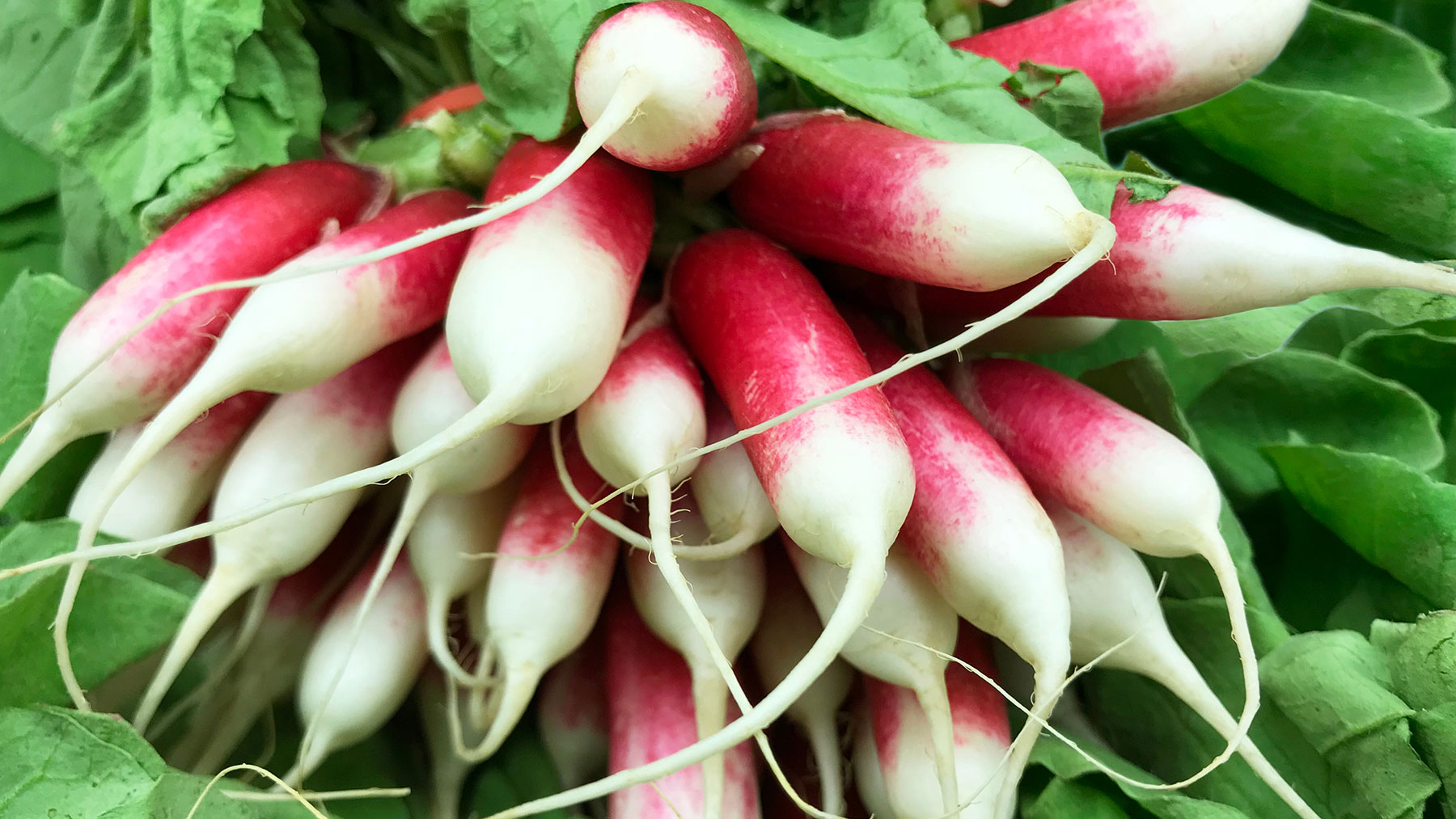
You may think it’s too late to start growing your own vegetables in June, but there is still time. Some crops, such as tomatoes and peppers should already be getting established, but others can wait until the soil is warmer, although what you plant will also depend on where you live and what gardening zone you're in.
Now that spring is passing and the last frosts are over, now is actually a very good time to start a vegetable garden. There’s still time to sow seeds or plant seedlings so you can enjoy a homegrown harvest and reap the reward of tending to your vegetable patch, whether you plan to grow vegetables in containers or you have a larger patch in your backyard.
Here are 5 vegetables you can still grow in June to enjoy this summer.
1. Corn
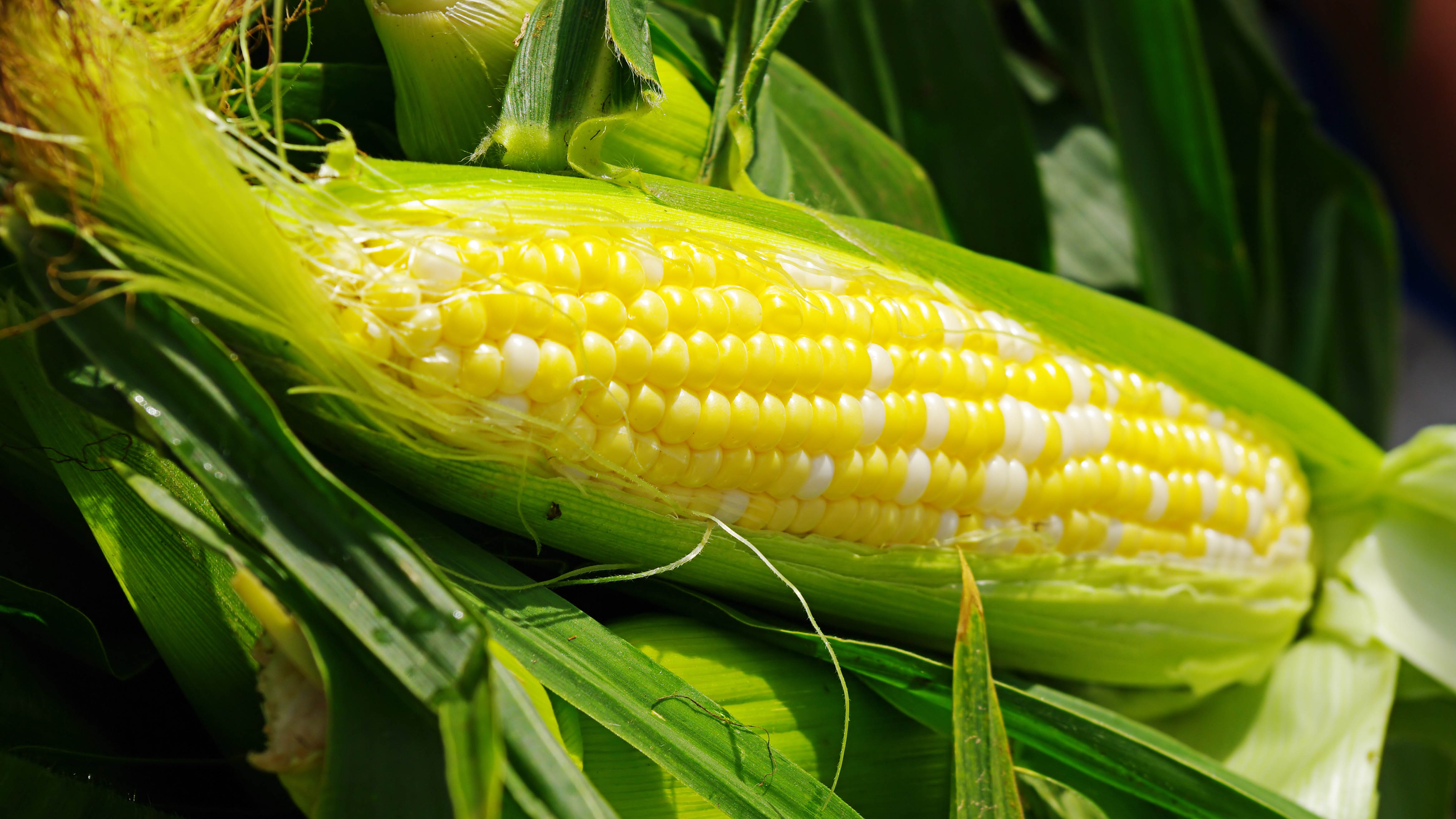
Perfect when cooked on one of the best grills, corn is a delicious treat when served with melting butter and black pepper, and it always tastes even better when eaten outside.
It’s a rewarding and fast-growing crop that can be planted in June. Depending on conditions, it can mature within 60 to 70 days. It will do best in full sun with fertile, well-drained soil, with Bonnie Plants recommending a pH of 6.0 to 6.8. It also advises enriching the soil before planting with aged compost or rich organic matter.
Corn needs plenty of space to grow, so plant seedlings 8 to 12 inches apart. A layer of mulch will also help retain moisture and keep weeds at bay. Planting corn in a block will also help, rather than a straight row, as it is wind pollinated, and will be able to take advantage of multiple wind directions.
It's a thirsty plant, so water regularly, especially during dry weather. And it will require feeding. Start with a balanced fertilizer, and then, once the plants reach 10-12 inches, apply a high-nitrogen feed.
You can tell when corn is ready to harvest by pulling back the leaves and inserting a nail into one of the kernels. If it is still watery, it’s not ready, but if it produces a milky sap, it’s ripe and ready to harvest.
Planting Zone 3-10
2. Cucumbers
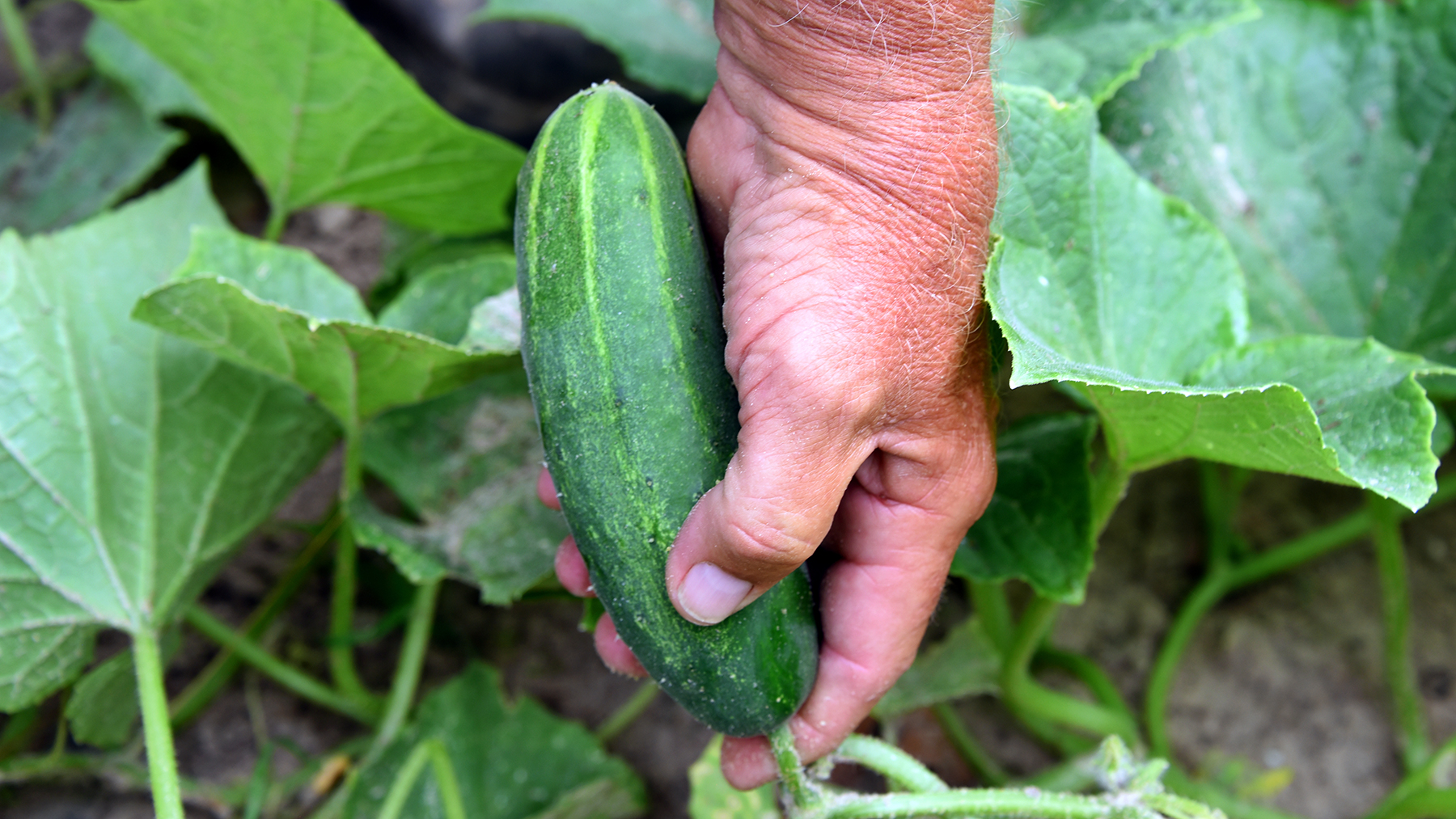
Start growing cucumbers for your summer salads and pickling. Choose between bush or vine plants, but make sure you have ample space to grow vines, as they’ll need space to spread and scramble or grow up trellis.
Growing cucumbers when the weather is warmer is ideal, as these warm-loving plants are frost-tender. They are best planted outside when the temperature is 70°F or above.
When planting, Bonnie Plants recommends spacing cucumbers 36 to 60 inches apart, although it suggests reducing this to 12 inches for trellised plants. Cucumbers do best in well-drained soil with a pH between 6.0 and 6.5 and will benefit from compost mixed with a small amount of organic fertilizer. They can then be fed with a liquid feed while growing.
Consistent watering is also key, as irregular watering can lead to misshapen cucumbers.
You can expect each plant to produce a crop of between 10 to 20 cucumbers. Try to pick them before they turn yellow at the bottom, which is a sign they are overripe. Enjoy your fresh harvest sliced into salads or pickled with spices.
Planting Zones 4-12
3. Bunching onions
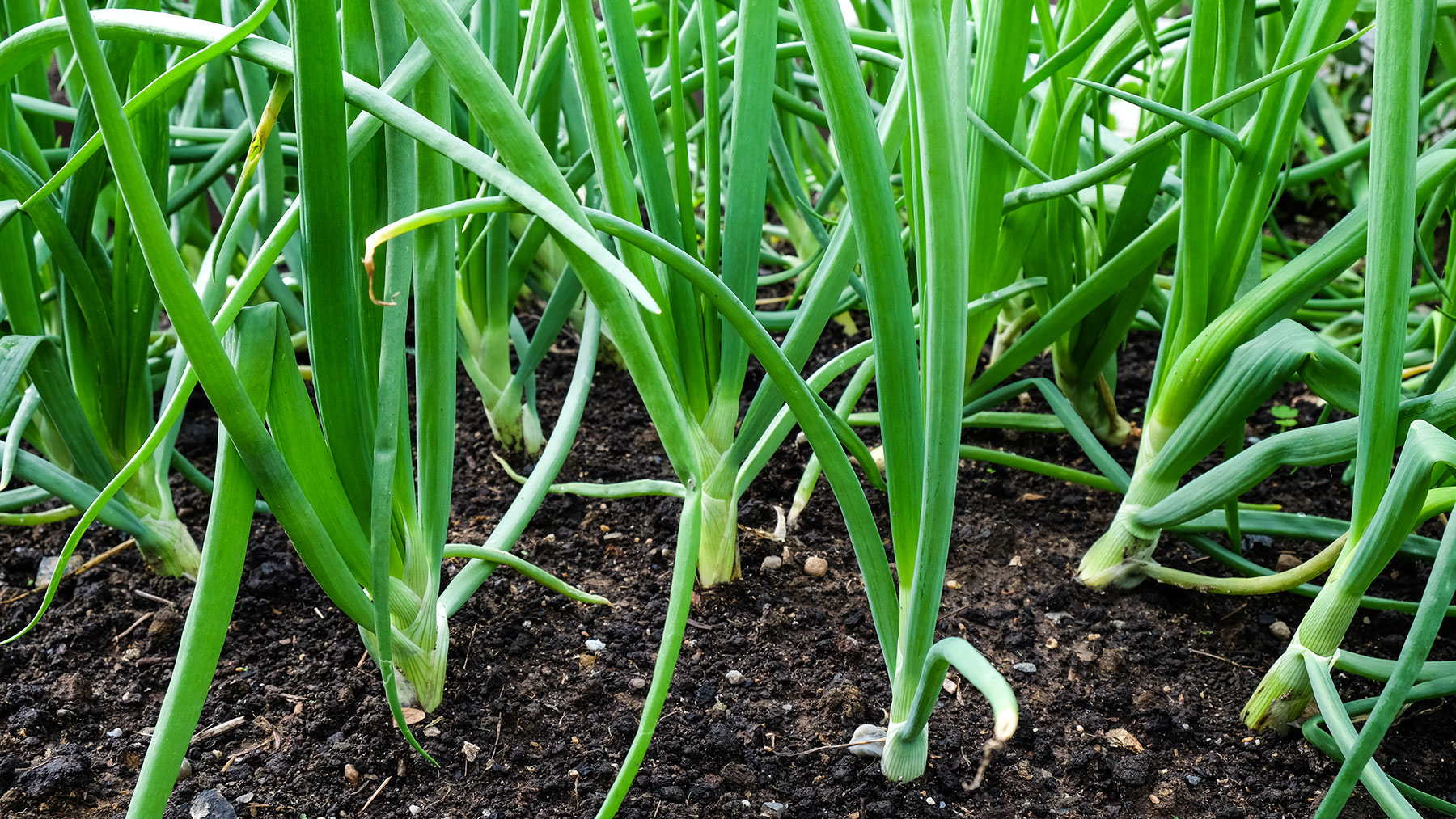
June is not the month to grow onion bulbs, but bunching onions make a perfect alternative, especially if you grow a fast-maturing variety. Also known as green onions and scallions, bunching onions are great added to salads and stir fries. The green leaves taste milder and sweeter than the white part, which has a stronger onion flavor.
Bunching onions are compact plants and don’t need much space, so they are a good choice if you have a small garden or are looking for a vegetable to grow in a container. They also work well to fill space in your vegetable patch.
These onions appreciate a moist, well-draining soil, with a pH between 5.5 and 7, according to The Seed Collection. They will thrive in full sun, although they can handle partial shade.
Bunching onions are versatile plants and can be grown at most times of the year. However, for the seeds to germinate outside, the soil temperature needs to have reached at least 50°F.
To avoid feeding the plants later during their growing season, dig in an inch or so of compost before planting the seeds or seedlings. If planting seedlings, space them one inch apart and add a mulch to help retain water and keep out weeds.
Your bunching onions are ready to harvest once they reach 6 inches high. Gently remove them by forking the soil around the base of the plant.
Planting Zone 4-7
4. Radishes
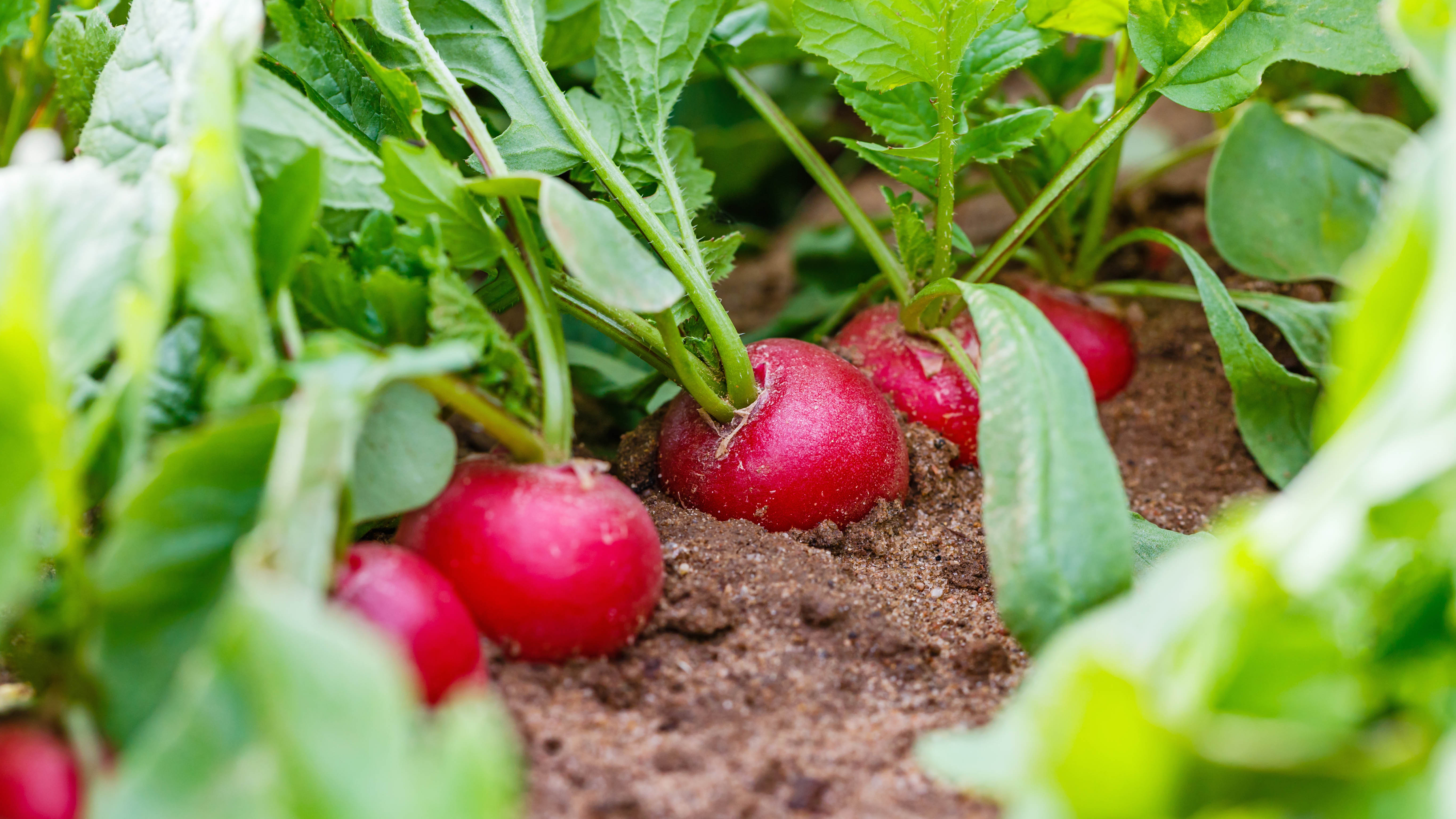
Radishes sit with the mustard family and although we tend to eat the peppery root, the whole plant is edible. I’m more familiar with red-skinned radishes, but their skins can also be red, black, yellow, purple and pink.
If you opt for a quick-growing variety, you can look forward to harvesting your radishes in as little as one month, with larger radishes taking around two. However, be mindful of your local temperatures as radish seeds are best sown before the temperature reaches 70°F or above. If sown when the temperatures are too high, the seeds are likely to bolt, which causes the plant’s energy to produce seeds and flowers rather than build leaves and roots.
Radishes don’t take up much space, so they can be planted between other vegetables. They also make a good companion plant to deter cucumber beetles and other pests. It’s easiest to grow them directly from seed, and since they are a cool-season crop and will germinate when the temperature is in the low 40s, they can be sown outside easily at this time of year.
If sowing the radish seeds in rows, place them about half an inch apart and half an inch deep before covering them loosely with soil and watering them in. After germination, leave the seedlings for a week before thinning out to a plant every inch.
Continue to sow new rounds of seeds every two weeks, until the weather gets too hot for successful germination.
Radishes enjoy full sun, with six hours a day, although will still grow well in partial shade. They’ll also appreciate steady watering — if overwatered the roots will rot, and if left to dry out they can become pithy.
Harvesting your radishes will depend on the variety, so check your seed packet. One sign to look out for is when the growth above the soil is between 6 and 8 inches tall.
For a fast-growing variety, try growing French Breakfast Radishes ($5.95 at Amazon) or Watermelon radish seeds ($5.99 at Amazon).
Planting Zone 2-7
5. Swiss chard
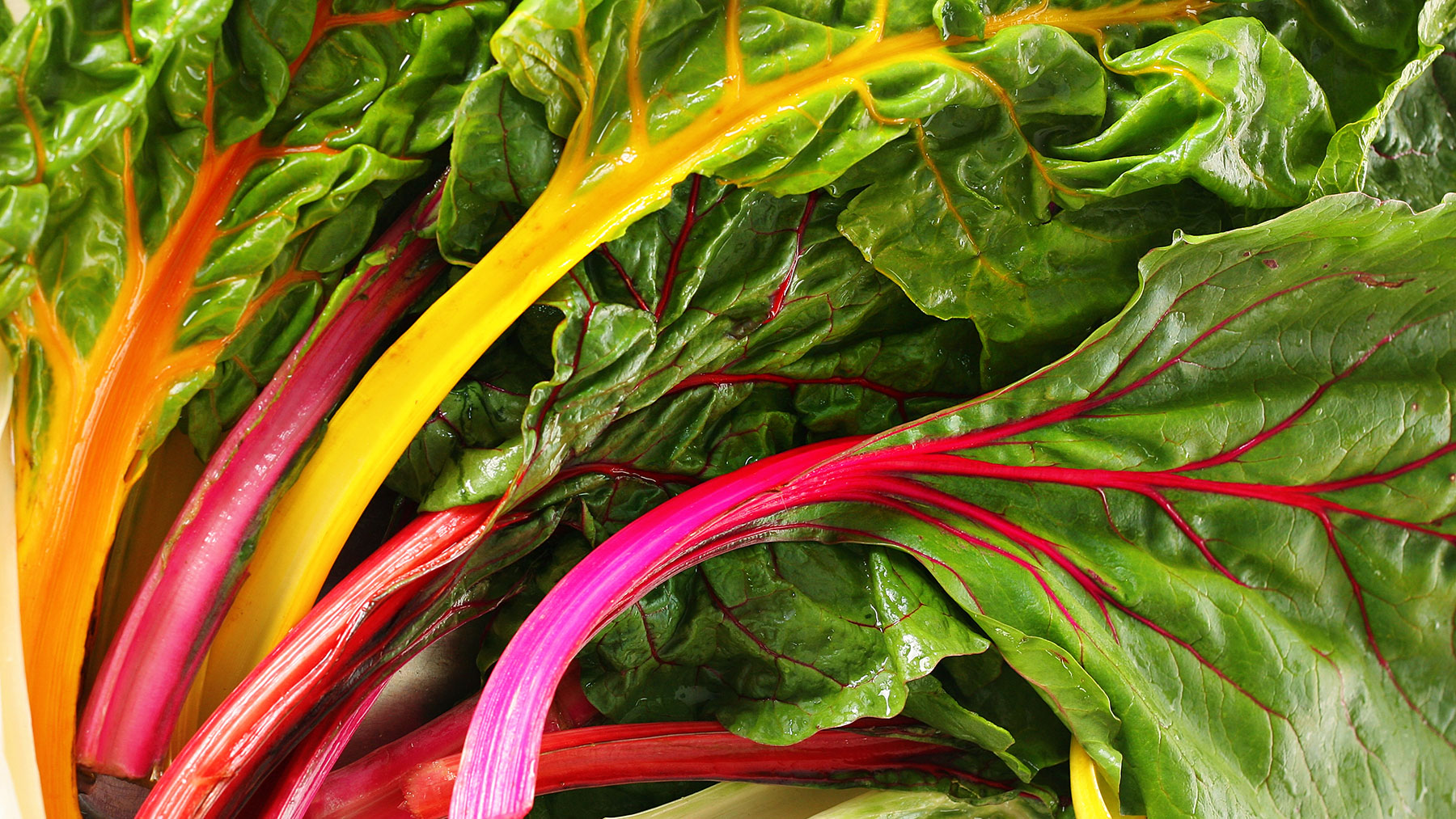
This green leafy vegetable is often overlooked by kale and spinach, but Swiss chard beats both on looks and versatility. It’s a two-in-one veg where the leaves and stalks can be used separately. Simply saute the bright, colourful stalks for a crunchy side dish and add the steamed leaves to soups and casseroles.
Apart from boosting your vitamin intake, Swiss chard is also an ornamental plant and will add a splash of colour to any veg patch with its crinkly leaves and bright vibrant-coloured stalks.
Swiss chard is a cool-weather vegetable, although it is more heat-tolerant than other greens, such as spinach, making it easier to grow in warmer climes. It will also keep going until the first hard frost in the fall.
This leafy vegetable does best in full sun, although it tolerates partial shade. It will thrive in fertile soil with a high organic content and a pH of 6.0 - 6.8.
Seeds should be planted about an inch deep and 4-6 inches apart, then thinned to every 12 inches, the same distance as young plants.
Swiss chard grows best when it retains a steady water supply without becoming dry. Mulch around the plants to retain water, keep the soil cool, and keep the leaves clean. They can be fed plant food every two weeks, such as Miracle-Gro’s Water Soluble All Purpose Plant Food ($9.97, Home Depot).
Once the leaves reach 3 inches long they are ready to be harvested – this should be at around four weeks after planting. Alternatively, wait a while longer and harvest the whole bunch.







